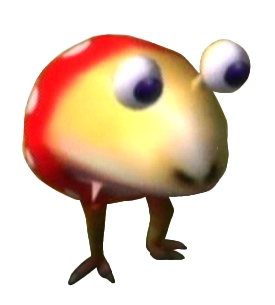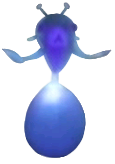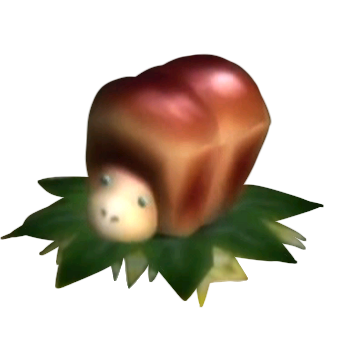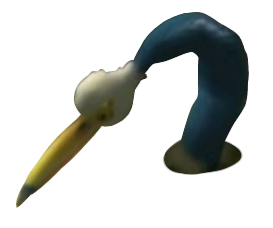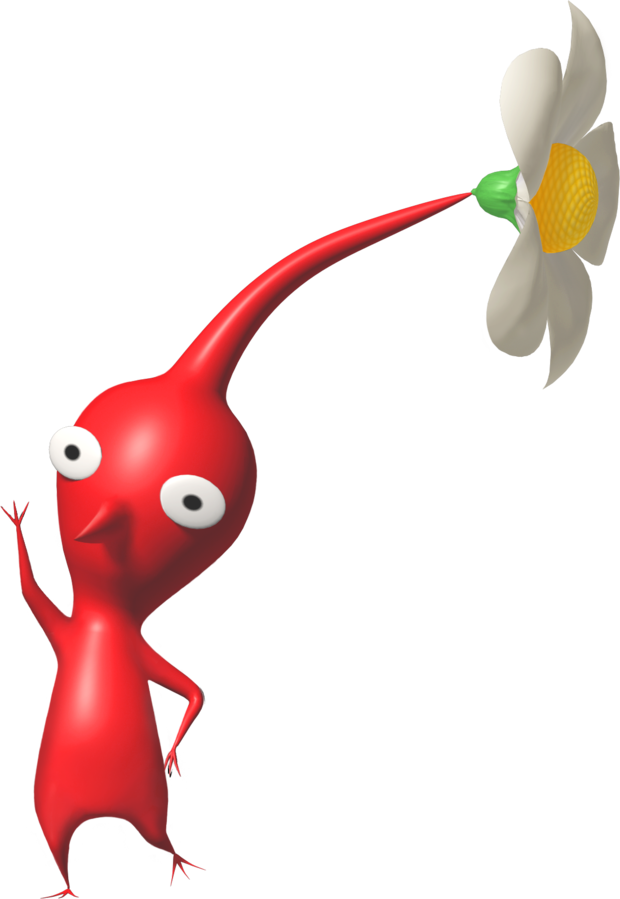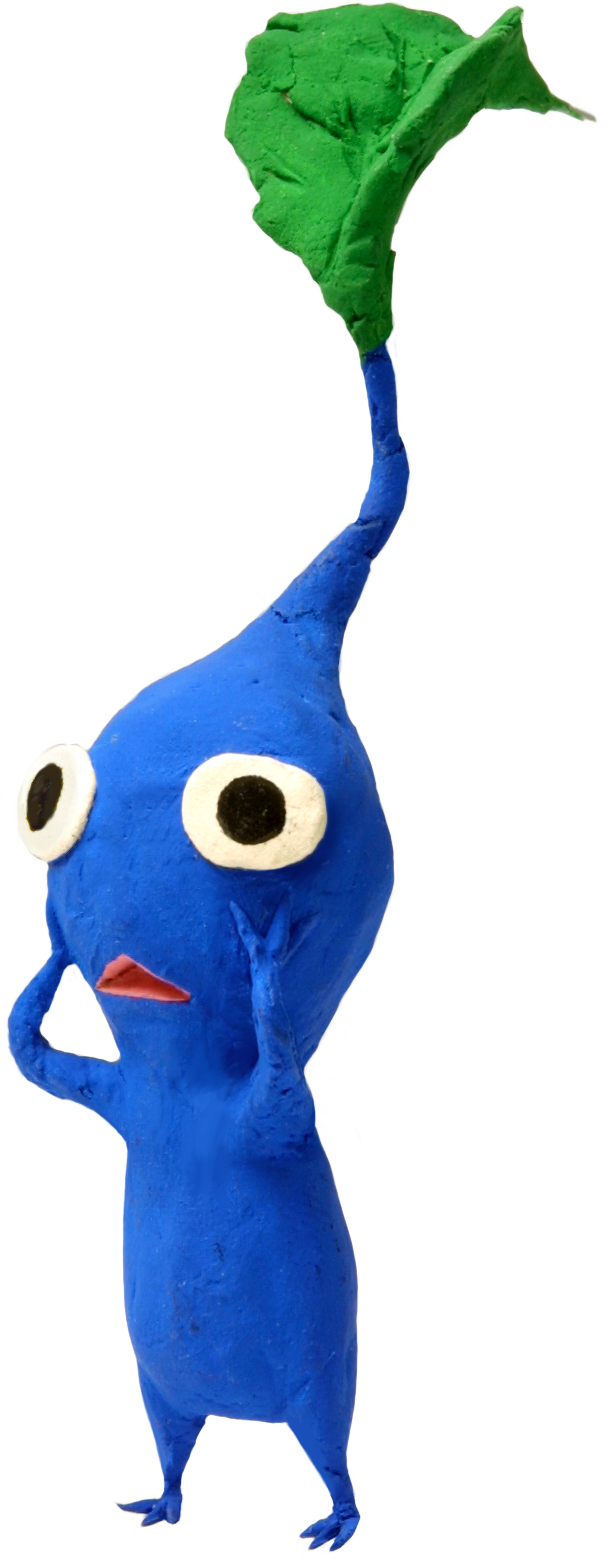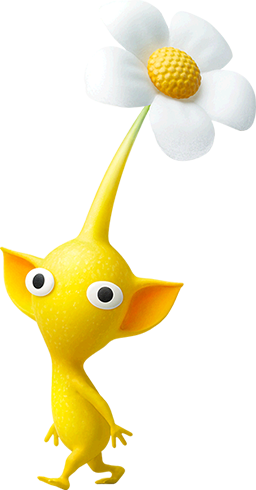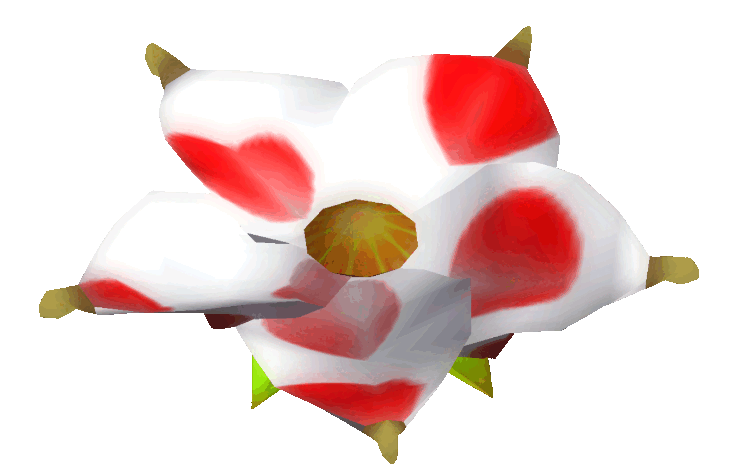Disclaimer: The content featured below is not official in any capacity, and is merely speculation on my part!
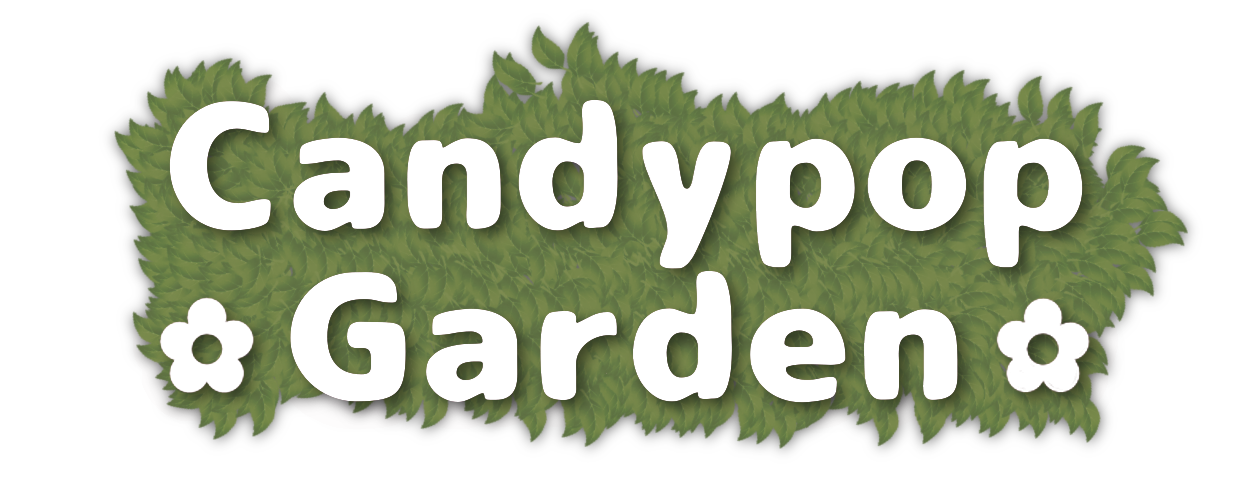

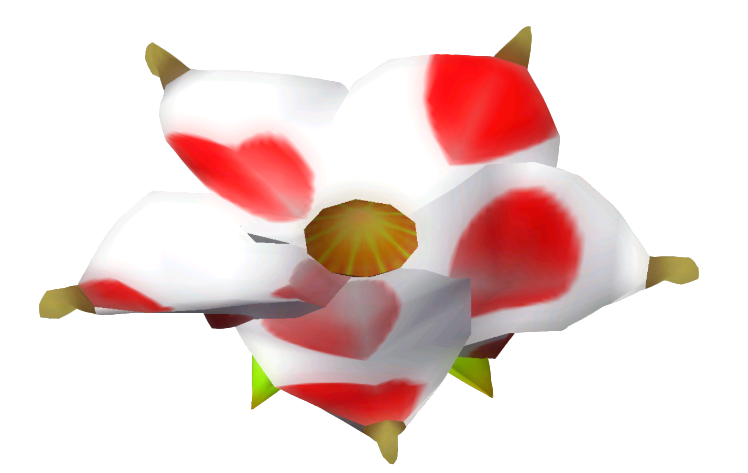
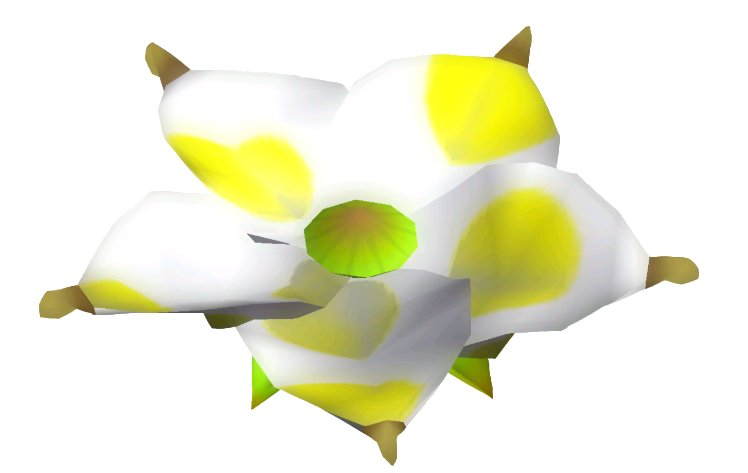
Disclaimer: The content featured below is not official in any capacity, and is merely speculation on my part!
The simple Pikmin. We know them, we love them, but do you know how complex their life cycles can really be?
SPROUTLINGS
It is common knowledge that the Pikmin begins its life as a sproutling nestled comfortably into the ground. At this stage in its life, it most closely resembles the other kinds of flora on the planet around it - simply staying in place, and gaining its energy for growth from the sun's rays.
When the Pikmin sproutling detects danger, or when it stops detecting the sunshine, it will retract its stem and flower back into the ground, until it feels it is safe and worthwhile to display it once again. All Pikmin, including sproutlings, are able to communicate danger with each other through the use of pheromones. So, even though a planted sprout may not be able to detect predators on its own, it can be warned by plucked Pikmin that can see the danger on its way, or by other Sproutlings that have, as unfortunate as it is, been found and are being eaten. This ensures that the local population doesn't get decimated in a single attack, even if the majority of the colony is currently in its Sproutling stage.
From this stage in its life, the Sproutling has a few options for how it wishes to grow. Most Sproutlings will develop into Pikmin in their first cycle, since Pikmin can become Sproutlings again (We will explore this more later) and becoming Pikmin gives them more time to consider what they may want for themselves. Once a planted Pikmin is ready to be plucked, it will release a pheromone to let other Pikmin know and pull it out of the ground. A Sproutling can also grow into a Candypop Bud of a few different kinds, and a Candypop Bud is able to grow into a single Onion. Or, with enough time, a Sproutling can grow into a Pikmin Tree, capable of growing many Onions over its lifespan, though this process takes many decades, and if the process is interrupted within this time, such as by a predator grazing upon the sapling or any number of natural disasters, the Pikmin Tree will never achieve bloom. Because of this, they are an exceptionally rare sight, and conditions have to be almost perfect in order for one to reach Adulthood.
PIKMIN
![]()
![]()
![]() RED, BLUE AND YELLOW PIKMIN
RED, BLUE AND YELLOW PIKMIN![]()
![]()
![]()
Ah, now here's a sight we are a little more accustomed to. Pikmin are by far the most abundant stage of this creature's lifespan. A group of Pikmin can be called a colony or a garden, and it is very common to see multiple Onion colonies in an area band together to form a larger, more diverse colony. There are many types of Pikmin themselves, with the fire-resistant, nosed Red Pikmin, the amphibious, gilled Blue Pikmin and the static-weilding, electric-proof, eared Yellow Pikmin being the most prolific.
These kinds of Pikmin can be found practically anywhere that Pikmin live. While they do have their own preferred environments, (Red Pikmin enjoying warm environments with plenty of fodder to create fires with, Blue Pikmin preferring areas close to bodies of water, and Yellow Pikmin preferring areas with high up spots to hide, such as gardens and forests) they often band together in order to join all their strengths together, and move between different environments that are suitable to them all.
![]()
![]() WHITE AND PURPLE PIKMIN
WHITE AND PURPLE PIKMIN![]()
![]()
The Purple and White varieties of Pikmin are most commonly found underneath the ground, where their skills assist them in their subterranian life, and in places where the subterranian soil is rich enough in nutrients to sustain them even in the absence of sunlight. It is a common misconception that these Pikmin do not have Onions - They are just less easy to stumble upon than their primary-coloured counterparts.
In the absence of sunlight, and often making their homes in nests first created by other species, these Pikmin need a strong line of defence to keep them from being eaten by predators, especially while stealing and feeding off their eggs for energy. This is the speciality of the Purple Pikmin, which excels in both of these areas. Their most useful ability is that to stun nesting creatures, giving the Pikmin a chance to take off with some eggs before the creature can react.
White Pikmin, on the other hand, do not possess nearly the same strength. Instead, they have a very keen eye, as well as sensitive hands and feet, that are adept at picking up on discrepancies in the ground. This is equally important for the Pikmin, since some species of PNF-404 bury their eggs under the ground. Though this does keep them protected from most would-be predators, the White Pikmin have out-adapted them in this aspect.
Their resistance to and possession of poisonous chemicals comes as a result of chemicals found in the ground where they are able to grow, with the advantages coming as an added bonus. Their poisonous aftertaste also means that if they do fall prey to a creature, there is an opening for other Pikmin to collect more eggs while the creature tries to rid itself of the toxicity.
![]() ROCK PIKMIN
ROCK PIKMIN![]()
Rock Pikmin, despite their deceptively distinct appearance, are actually the result of a similar process to petrified wood, and it is possible for a different type of Pikmin to diverge into a Rock Pikmin simply by being planted under the right conditions. Though it usually takes an exceptionally long time for other Pikmin to fossilize into Rock Pikmin, the Rock Pikmin Onions and Candypop Buds put the sproutlings through the fossilisation process before planting them, negating the need to wait for the natural process to occur.
The Rock Pikmin's stoney exterior is not only a strange natural phenomenon, but aids them in their survival, too. Rock Pikmin boast a much superior defence to most other Pikmin, being more difficult to crush, stab, or injure in many other ways. However, they have a lot more trouble photosynthesising or gaining energy from nutrients in the ground like other Pikmin, so they can't remain as sproutlings for long and depend on nectars and yolks to gain their energy to survive. This means Rock Pikmin need an area with a moderate covering of nectarful flowers, eggs, and other external energy sources in order to survive.
![]() WINGED PIKMIN
WINGED PIKMIN![]()
Winged Pikmin originated from rainforest areas, in which there were many bodies of water that needed to be traversed which didn't contain anything of use within, but there were things of value, namely fruits, nectarful flowers and the eggs of some Wollyhop species, in areas too difficult to access without flight.
Pink Pikmin often work together with Rock Pikmin, retrieving fruits from the trees and taking them to Rock Pikmin to bludgeon out the juices for consumption. Because of this symbiotic relationship, Pink Pikmin and Rock Pikmin commonly come together to form bigger groups.
![]() ICE PIKMIN
ICE PIKMIN![]()
Ice Pikmin are a fascinating species of Pikmin, that thrive in freezing cold conditions, and can utilise the cold themselves. Despite their similar appearance to Rock Pikmin, the process behind their icy exterior is actually very different, and the similarity is just a coincidence. They secrete a specialised mucus that freezes in high temperatures and is extraordinarily cold to the touch, both giving them an icy carapace to give them increased protection, and an offensive upper hand in being able to inflict frostburn on both predators and prey. Their internal fluids also contain a type of sugar that acts like antifreeze, allowing them to survive their own bizarre freezing process.
Their anti-freeze ability developed first, allowing them to survive even the coldest winter nights in the snowy climates that they are found in. It is unclear what caused their freezing ability to develop, but what is clear is that it has become their primary method for warding off predators that might otherwise try to take advantage of the tasty plant-animal hybrids making their home in the mostly barren snowy environment.
Unfortunately for this Pikmin, photosynthesis becomes more difficult due to being covered in the thick ice, and a dislike for the heat. Additionally, consumption of nectars, yolks, and other sustaining fluids is also very difficult. In order to survive, it is imperative for them to spend time in their Onion, which does all the photosynthesising for its Garden and transfers that energy into the Pikmin while they take refuge in its hull.
![]() GLOW PIKMIN
GLOW PIKMIN![]()
Glow Pikmin are a bizarre occurance in the Pikmin species, and that is for one significant reason... they are not tangible, living Pikmin, but rather, the spirit form of Pikmin passed.
When a Pikmin is dismembered to the point of death, such as when it is eaten or attacked by a predator, "deceased" parts of its body can still carry signs of life. If left as is, it is possible for these Pikmin segments to reform into sproutlings and start life anew, if they contain enough life to manage this process. However, some Pikmin Gardens will collect the more deceased corpses of their fallen friends and family, and store them in mound-like constructions, the design of which may differ between cultures, but all which share one purpose - to honour those who have fallen. It happens that the shape of these mounds, as well as the concentrated bridge between life and death cultivated within them, gives the souls of these Pikmin a second chance. The souls of Pikmin, when visible from the mortal plane, have a distinct glow to them - and when these souls, still hanging onto the last threads of life available in their fragmented bodies, possess their bodies, this phosphorescent appearance is able to manifest in ways that allows them to interact more directly with the physical world. Their strange appearance comes from the fact that the appearance of the spirits can't be seen entirely clearly by those still sporting mortality, and will appear warped, sometimes even like trying to review a reflection of something in the water rather than the thing itself.
Though Glow Pikmin are made of the deceased soul of a Pikmin, they are still capable of dying if the fragment of their body that they are attached to is fully destroyed. However, this is very difficult, as they seem to possess the ability to warp in the physical world by retreating into the spiritual world and moving through there.
The Pikmin Lifecycle is continued on the next page!


DRAG US!

